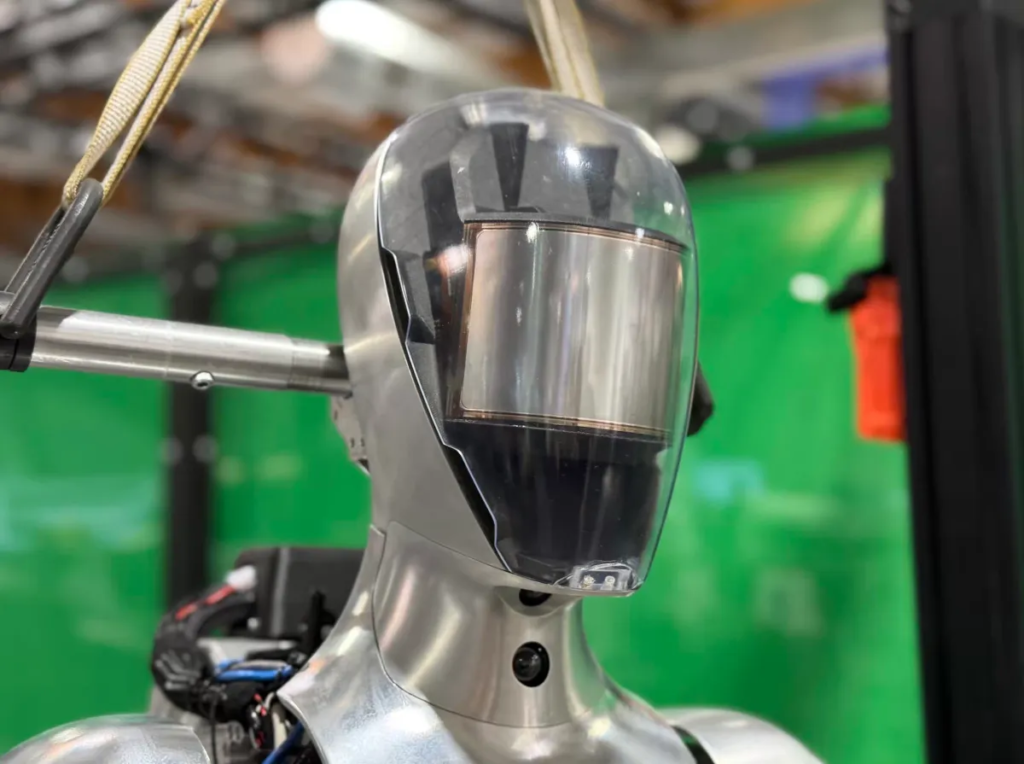Figure AI, a company aiming to deliver general-purpose humanoid robots for both commercial and residential use, announced on X that it is ending its partnership with OpenAI to pursue its own internal AI development. The Bay Area-based robotics firm attributed a “major breakthrough” in AI as the main reason for this decision. While specific details remain under wraps, founder and CEO Brett Adcock assured Techfulnews that Figure AI plans to reveal a groundbreaking innovation in humanoid AI within the next 30 days.
Strategic Shift Away from OpenAI
OpenAI has significantly contributed to Figure AI’s journey, previously collaborating on advanced AI models for humanoid robots. In 2023, Figure AI raised $675 million, increasing its valuation to $2.6 billion. To date, the company has amassed $1.5 billion from investors, reflecting the strong financial support for its ambitious ventures.
The decision to part ways with OpenAI comes as a surprise, given OpenAI’s leading stance in artificial intelligence. Simply collaborating with OpenAI usually provides companies with great exposure. As recent as last August, Figure AI confirmed its Figure 02 humanoid would deploy OpenAI’s models for natural language processing.
The Challenge of Integration
Despite OpenAI’s prowess in AI-driven solutions, Adcock highlighted that the integration process presented significant hurdles. OpenAI works at a massive scale, primarily focusing on general AI applications rather than embodied AI, where AI is embedded into physical systems like robots. According to Adcock, vertical integration is crucial for successfully scaling humanoid robotics.
“To address embodied AI at scale in the real world, you need to vertically integrate robot AI,” Adcock told Techfullnews. “We can’t outsource AI for the same reason we can’t outsource our hardware.”
OpenAI’s Expanding Interest in Humanoid Robotics
Interestingly, OpenAI has been broadening its investments in humanoid technology. It is a major investor in 1X, a Norwegian robotics startup concentrating on humanoids for residential application. While many humanoid robot companies are focused on industrial and warehouse automation, 1X has shifted towards home use cases.
Further, OpenAI’s recent trademark application filed with the U.S. Patent and Trademark Office (USPTO) suggests an interest in humanoid robotics. The filing mentions “user-programmable humanoid robots” and “humanoid robots with communication and learning capabilities,” sparking speculation that OpenAI might be developing its own hardware.
Figure AI’s Focus: Industry Over Homes
Although Figure AI has explored residential applications for its robots, its main focus is on industrial deployments. This strategy aligns with automakers’ larger budgets for testing and implementing emerging technologies. For instance, BMW began using Figure robots at its South Carolina factory in 2023, marking a significant milestone for the company.
The Competitive Landscape: Proprietary AI vs. Partnerships

The robotics industry remains split on whether to create proprietary AI models or depend on external partnerships. While Figure AI is emphasizing in-house development, other leading humanoid companies continue partnering with AI specialists.
For example, Boston Dynamics has teamed up with the Toyota Research Institute to enhance its Atlas humanoid robot using advanced AI features. This approach mirrors Apple’s vertically integrated ecosystem, where software is specifically optimized for proprietary hardware. However, achieving seamless hardware-software synergy is complex and resource-intensive.
The Road Ahead for Figure AI
With substantial financial backing, Figure AI has quickly expanded its hardware and software teams, recently moving to a larger Bay Area office to support its growth. The company’s move away from OpenAI signifies a pivotal moment in its mission to revolutionize humanoid robotics with proprietary AI models.
The next 30 days will be critical, as Figure AI promises to present a technological advancement not seen before in humanoid robots. If successful, this could position the company as a leader in the humanoid robotics domain, setting a new benchmark for vertically integrated AI-powered robots.



